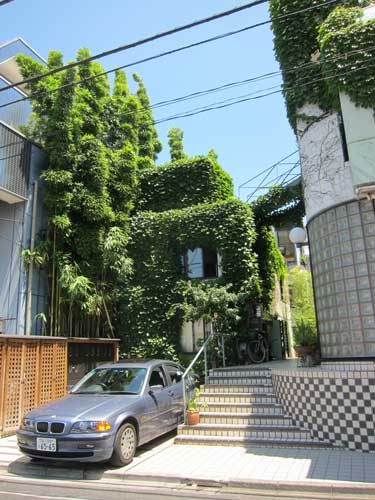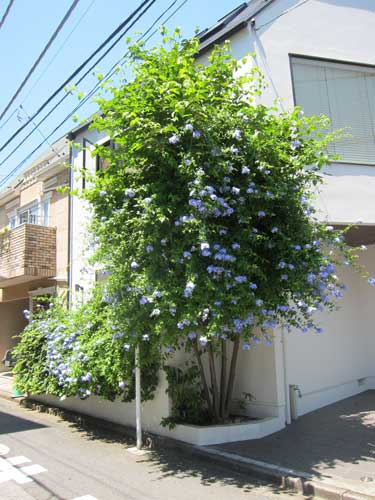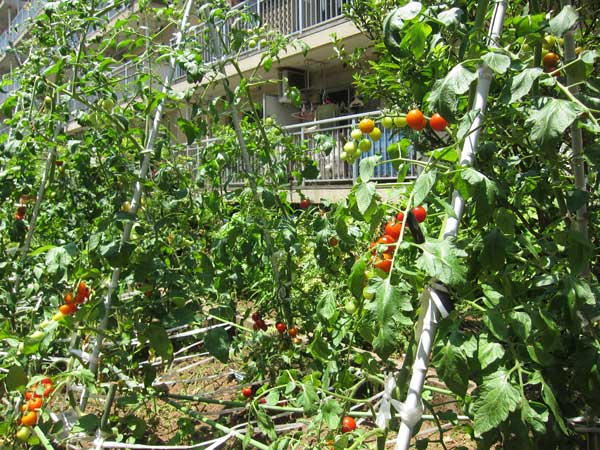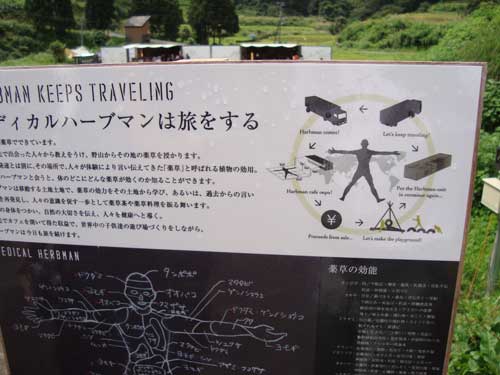
原宿の路地を歩くと、いろいろな庭を見ることができます。おしゃれな建物のグリーンカーテンや戦前からある伝統的な日本庭園もあります。私が好きな庭はシンプルで、たくましくて、さりげないです。大きな青山団地でトマトとゴーヤを見つけました。
With @luismendo visiting from Amsterdam, my Tokyo DIY Gardening pal Chris and I took him on a tour of Harajuku backstreets looking at gardens, eating tonkatsu, and stopping for some excellent cold coffee.
Harajuku is fun because the residential area has houses and gardens from all or almost all the past eight decades. The Harajuku gardens that appeal to me are similar to ones elsewhere in Tokyo for their simplicity and easy adaptation to urban life. Some results are clearly unintentional.
My photos include a three story garden of ivy and bamboo that covers one house and provides a buffer with its neighbor, a sleek concrete building’s balcony green curtains that are just starting to fill out on two floors, a blue flowering vine that somehow became a giant bush, a tiny entrance garden outside a pre-war house that has been converted into the very elegant Omotesando Coffee.
We also explored the enormous Danchi that between 246 road and Harajuku. This sprawling bauhaus-like public housing project has a wonderfully chaotic and varied set of gardens created by generations of residents. In July, we spotted lots of tomatoes, vertical bitter melon, and these purple gloves on top of an ad hoc garden support.









